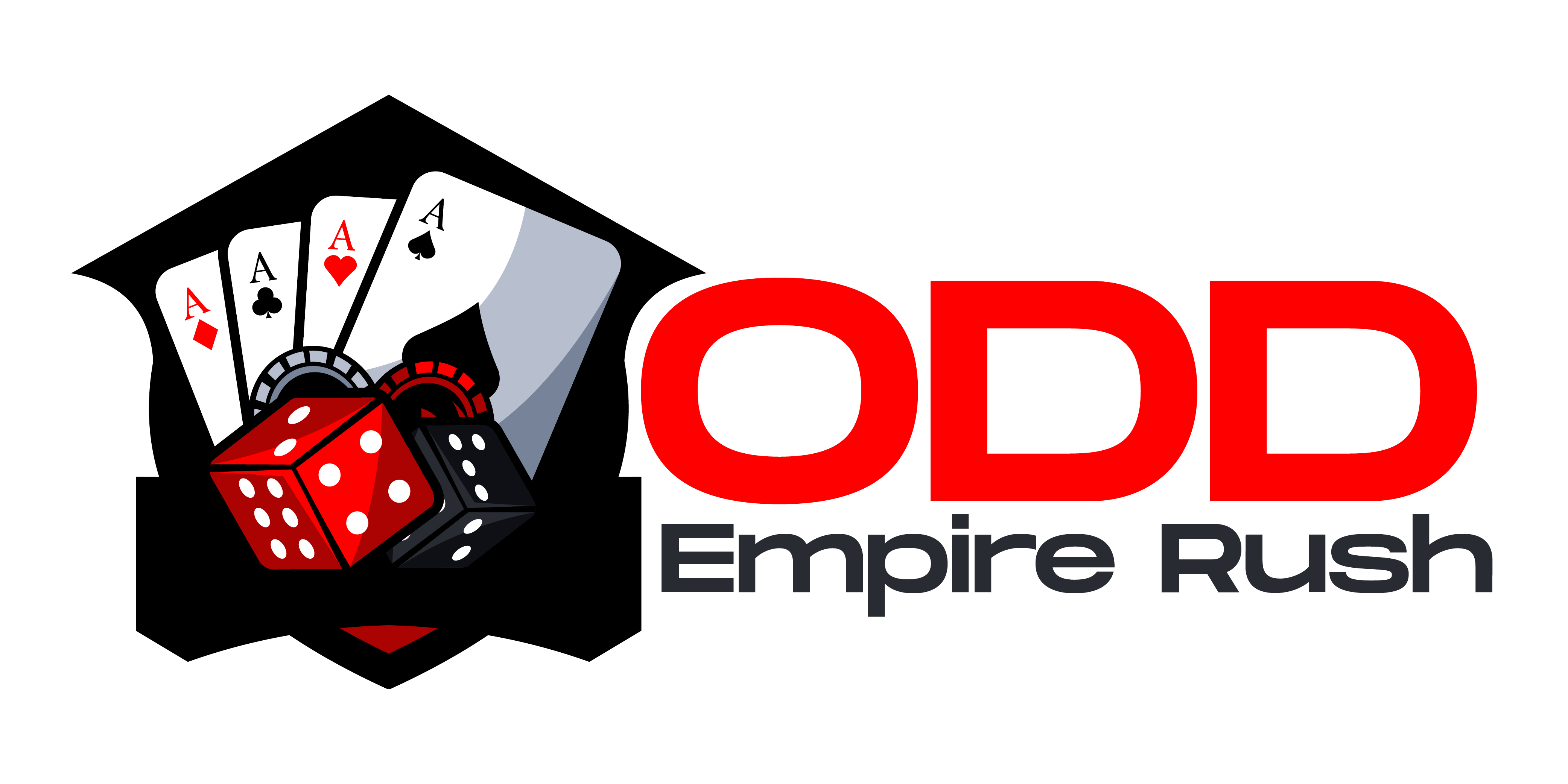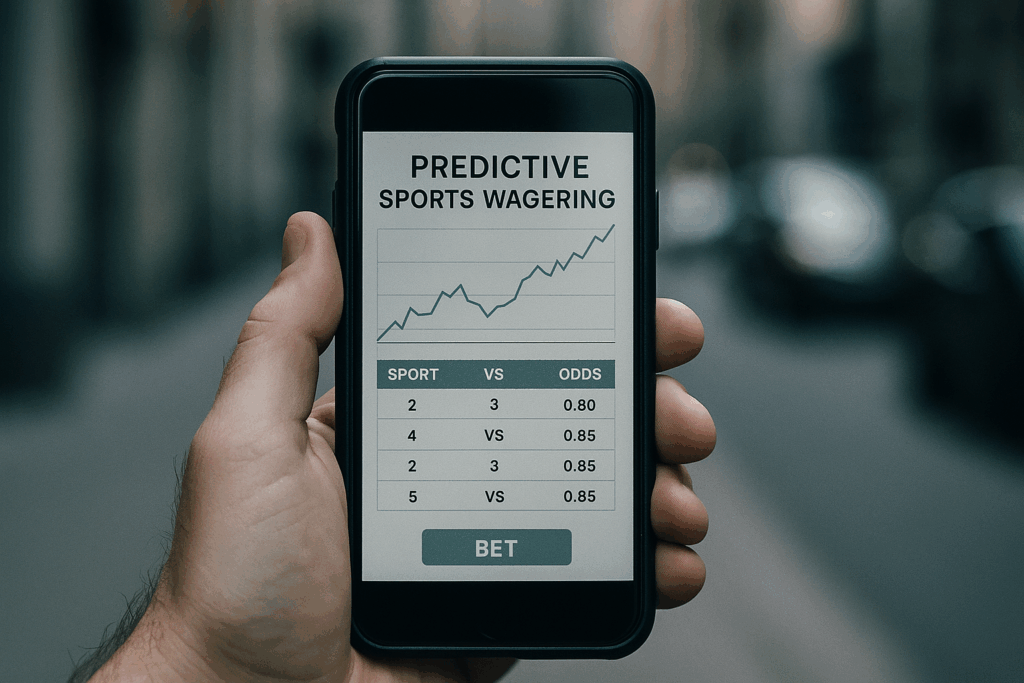Intro: Why Odds Analysis Isn’t Optional
Betting looks like a game of chance from the outside. It’s not. At least, not if you’re doing it right. The best bettors don’t trust luck—they trust numbers, patterns, and timing. Odds aren’t random. They’re built on a mix of cold statistics and hotter-than-you-think public opinion. Every number you see is a reflection of both probability and the crowd’s psychology.
Learning to read that number isn’t just helpful—it’s foundational. Bookmakers don’t set odds to be fair; they set them to make money. If you want to take this seriously, you need to read lines like a trader reads a stock chart: with purpose, not hope. Good bettors analyze. Great ones spot where the book got it wrong.
Call it intuition. Call it strategy. Either way, it starts with seeing odds for what they really are—a lens, not a crystal ball.
Understanding the Core: What Odds Really Tell You
Bookmakers don’t pull numbers out of thin air. When setting initial odds, they start with prediction models that factor in everything from recent team performance and injuries to historical matchups, public sentiment, and even weather. Their goal? Set odds that reflect realistic outcomes and encourage balanced betting on both sides. The house isn’t trying to guess the winner—they’re building a line that maximizes profit by limiting exposure.
Now for the part under the hood: implied probability. Odds aren’t just numbers—they’re a sneak peek into how likely something is to occur, according to the bookmaker. If a team is priced at odds that imply a 70% chance of winning, and you think it’s more like 50%, that’s a red flag—or maybe a green light, depending on your angle. Think of odds as code. When you decode them, you expose where the market might be off.
Odds show up in three main formats: decimal, fractional, and American.
- Decimal (popular in Europe and online): Simple. Odds of 2.50 mean a $100 bet pays $250 total (stake included).
- Fractional (think UK bettors): Odds of 5/2 means you win $5 for every $2 staked.
- American (used in the U.S.): +150 means bet $100 to win $150, while -150 means you must bet $150 to win $100.
Each format looks different, but they all express the same thing—risk versus reward. Learn to translate, and you’ll start to see opportunity where others just see digits.
Spotting Value: Where Smart Money Lives
Value betting isn’t complicated. It’s about betting when the odds are in your favor—not just emotionally, but mathematically. A value bet happens when the probability of an outcome is better than what the odds imply. You’re not betting on what you think will happen, you’re betting on where the market miscalculates risk.
Let’s say a certain team has a 60% chance of winning, but the odds reflect only a 50% chance. That’s value. Over time, backing these kinds of edges—even small ones—adds up. The key is spotting mispriced lines before the market corrects them. Bookmakers aim to set sharp odds, but they’re human (and influenced by public money).
To identify value, compare your own probability estimate to what the odds say. With decimal odds, that’s simple: 1 ÷ odds = implied probability. If you think something has a 40% chance of happening but the odds suggest 30%, you’ve got value. It’s not about picking more winners—it’s about betting when the payout outpaces the risk. That’s where smart money lives.
No emotion, no guesswork. Just numbers and edge.
Market Movement: Reading the Shifts
Understanding changes in betting odds before an event is crucial for anyone taking wagering seriously. Odds are rarely static—they shift based on various signals you can learn to read. Knowing how and why lines move can help you differentiate between noise and valuable information.
Why Odds Change Before the Event
Odds movement happens for a number of reasons, all tied to new information or betting activity:
- Injury News: When key players are ruled out, sportsbooks adjust to reflect the new likelihood of outcomes.
- Lineup Adjustments: Late changes in team rosters or starting lineups can cause swift shifts.
- Public Betting Trends: If too much money flows in on one side, books shift the odds to balance exposure.
- Weather Conditions: Particularly in outdoor sports, factors like rain or wind can impact expected performance and shift odds.
- Insider Information: When sportsbooks catch wind of sharp betting or leaks, they often preemptively adjust odds.
What Line Movements Say About Sharp Bettors
Not all line moves are created equal. Some are triggered by casual public bettors, while others are driven by sharp money, meaning bets placed by professionals with deep knowledge or sophisticated models.
Look for these indicators of sharp influence:
- Reverse Line Movement: If the betting percentage favors one side, but the line moves the other way, pros might be siding against the public.
- Early Moves: Sharp bettors often jump on initial lines they believe are mispriced, causing early shifts.
- Sudden Drops: Large bets placed all at once (often by sharp money) can lead to abrupt movement.
Reacting vs. Overreacting
It’s tempting to jump when you see the odds shift—but not every move warrants action. Knowing when to react—and when to stay put—is the mark of a seasoned analyst.
Smart ways to react:
- Monitor key triggers (e.g., injury confirmation) rather than rumors.
- Use line movement as one data point, not the full story.
- Compare openers to current lines to see where value was and where it may still exist.
What to avoid:
- Chasing steam blindly, especially on public favorites.
- Panic betting the opposite direction without clear justification.
- Confusing movement with guaranteed outcomes—the line isn’t always smarter than the game.
Odds movement is a conversation between the market and those who bet it wisely. Learn the language, and you’ll start hearing what others miss.
Tools of the Trade: Making Analysis Easier
Odds analysis doesn’t have to be done in a spreadsheet at midnight with one eye twitching. There are tools that streamline the grind—some free, some paid, and most worth your time.
Start with the basics: OddsPortal and BetExplorer offer free data and line histories, good for tracking shifts and spotting value windows. For real-time odds across multiple books, check out OddsChecker or Covers. Want deeper analytics? Tools like BetLabs (by Action Network) and Unabated bring in stronger modeling, trend filters, and EV calculators—but they’re not cheap. Worth considering if you’re more serious than casual.
Good bettors keep records. Great bettors analyze them. Use Google Sheets, Notion, or dedicated apps like BettorEdge or Pikkit to log bets. Track outcomes, line movements, and decision rationale. Review weekly. Notice the patterns: did you overestimate an underdog based on gut feel? Miss a late injury update?
For consistency, build your model—even a basic one. A simple expected value calculator based on your estimated win probability versus listed odds is a solid start. Factor in variables like player absences, home advantage, or rest days. Doesn’t have to be NASA-level math, just honest logic driving your picks.
Smart betting means cutting emotion, building habits, and using what’s already out there. Ignore the tools, you’re just guessing. Use them right, and you start thinking like a pro.
More Than Math: Context is King
Numbers tell you a lot. But they don’t tell you everything. Odds don’t always account for sudden injuries, bad weather, locker room drama, or a star player’s lingering illness. And they definitely don’t consider motivation—like a team already sealed for playoffs resting their starters, or an underdog playing for pride. These things swing outcomes more than most people realize.
This is where reading becomes a habit, not a hobby. Dig into local coverage. Follow team reporters, beat writers, and injury updates. Look at trends, but don’t drown in them. A player in top form is worth more than a stat sheet says. A downward spiral over the past five games? Even hidden from headlines, that matters.
Blending data with gut instinct is an art. But tread carefully. Intuition isn’t guessing—it’s pattern recognition shaped by observation. You see something the markets haven’t fully priced—and that’s your edge. Just don’t use a hunch to justify a bad bet. Context sharpens your odds analysis. It doesn’t replace discipline.
Linked Deep Dive: Go Beyond the Basics
If you’ve grasped the fundamentals of odds analysis and are ready to sharpen your skills further, don’t stop here. Some of the most successful bettors are those who consistently refine their understanding and tactics.
Why Go Deeper?
- Understanding odds is just the beginning—interpreting them in real-world scenarios separates experts from amateurs.
- Tactical insight helps you identify subtle market inefficiencies and value that others miss.
- The more angles you can view odds from, the stronger your decision-making becomes.
What You’ll Learn in the Deep Dive
Explore a full breakdown of advanced betting principles in our companion article:
How to Interpret Betting Odds for Better Predictions
This in-depth resource covers:
- The psychology behind public vs. sharp money
- Interpreting line movement timing and triggers
- Using models to forecast expected values
Whether you’re refining a strategy or just starting to view odds analytically, this next step is a must.
Keep learning, keep questioning, and never bet blind.
Final Take: Thought Over Hunch, Always
Odds analysis isn’t about luck or superstition. It’s a skill—clear-eyed, measured, and built on repetition. The best bettors don’t chase feelings or ride hunches. They use data, grind the numbers, and find consistent edges. That edge? It doesn’t scream. It whispers.
Treat every wager like you’re running a business. Would you dump capital into a startup without checking the books? Same goes here. Every bet is an investment, not a lottery ticket. You’re managing risk, not chasing miracles.
Still, don’t get lost in spreadsheets and decimal points. Remember: sports are played by people, not algorithms. Odds tell a story. But you’ve got to read the full novel—not just the line on the page. The sharpest bettors know the numbers and the nuance. They trust the process, doubt the market just enough, and stay humble in the face of randomness.
Betting isn’t magic. It’s math with situational awareness. Respect both.


 Irving Burnsenal is a contributing author at oddsempirerush.com. With a passion for sports analysis and data-driven writing, he provides readers with clear insights into betting strategies and industry trends.
Irving Burnsenal is a contributing author at oddsempirerush.com. With a passion for sports analysis and data-driven writing, he provides readers with clear insights into betting strategies and industry trends.

